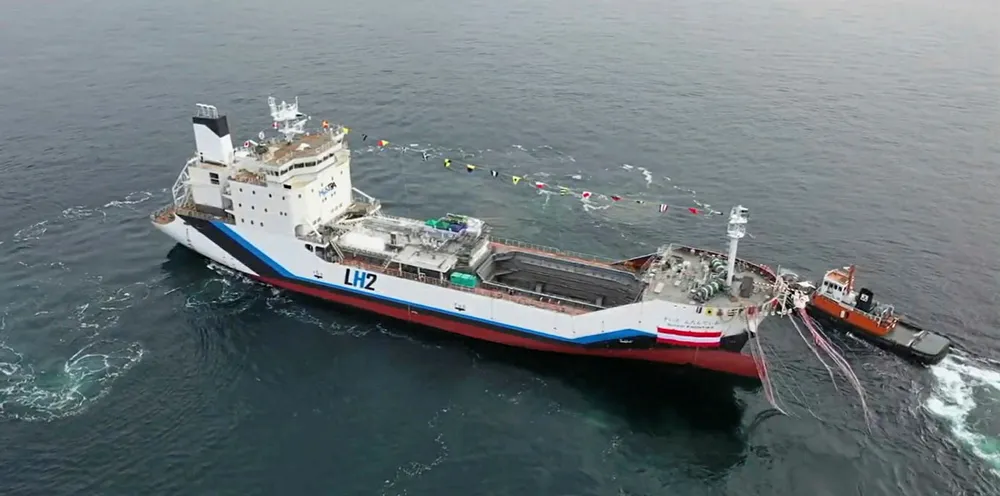World's first liquefied hydrogen carrier launched in Japan
The Suiso Frontier is a key part of the HySTRA demonstration project, which will see hydrogen shipped 9,000 km from southeast Australia to the Japanese city of Kobe

The Suiso Frontier is a key part of the HySTRA demonstration project, which will see hydrogen shipped 9,000 km from southeast Australia to the Japanese city of Kobe
